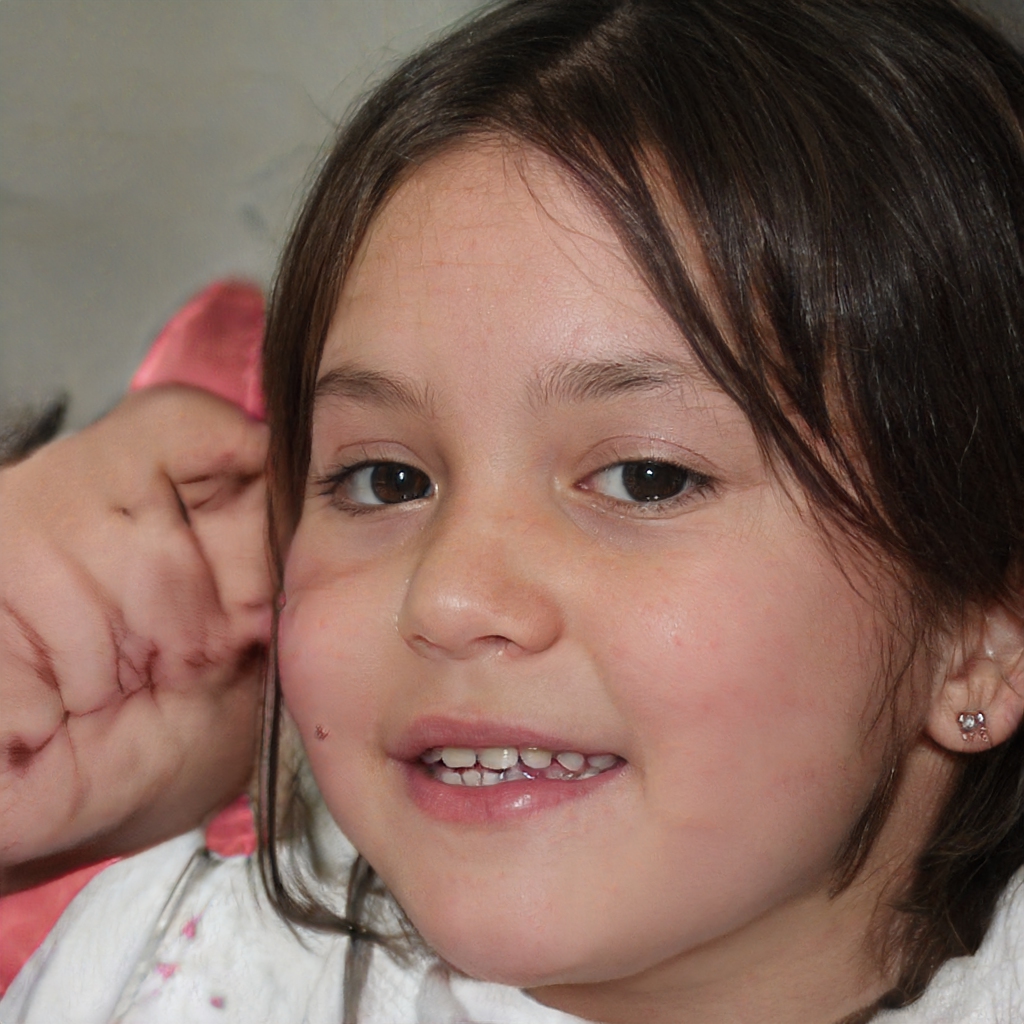Posting or sending baby pictures is very risky, and they could end up on the evil network run by unscrupulous people
Despite the advice of many experts, many people continue to share photos and videos of their children online, unaware of the dangers they are exposing them to. Without the right safeguards in place, an image of a baby can fall into the hands of unscrupulous people.
Anyone can access a photo of an infant posted online and do whatever they want with it. Let's think, for example, of pedophilia, which is growing at an alarming rate, especially because of the Internet. As evidenced by the many cases brought to light in recent years, these evil and mentally ill individuals use social networks to steal images of children. The risks are many. The stolen photos are often retouched with the addition of gruesome details and then shared on sites and platforms for pedophiles present especially in the dark web, the dark part of the Internet and the realm of illegality.
That said, it is therefore important to learn how to protect their children, avoiding to put into practice online some behaviors that could be potentially dangerous.
First of all, it is advisable not to share online images and videos of children. And not only on social networks. Sending them via email or using one of the many messaging apps is also very risky. For a number of reasons. Once a photo of a newborn enters the network, the parent loses total control. It can happen, for example, that the cell phone of the grandfather is stolen and all the material contained inside - including the images of the grandchild - are stolen. And that's not all.
Some applications are not always able to protect data transmission, which means only one thing: hackers could intercept communications, including sending images. This is not scaremongering, but it is the raw, unadulterated truth.
How to share images safely
It is not always possible to avoid sharing an image of a child on the Internet. In these cases, it is necessary to take the right precautions. Let's start with social networks that are, as seen, the preferred platform for pedophiles to satisfy their gruesome desires.
To protect your children it is essential to change the privacy settings, allowing access to images only to a circle of trusted friends and relatives. It's best to put images in private albums that are not visible to the rest of your contacts.
Still safer are cloud services, such as Google Photos or iCloud, which allow you to create and share photo albums only with specific people.
If you do decide to use apps to send pictures of your children, use only those that offer a high level of protection, such as end-to-end encryption, which prevents third parties - or at least tries to - from hacking into your conversations.
You can also use apps, such as Telegram, that "destroy" the picture from the recipient's device after a certain period of time.
Sometimes these measures aren't enough. Especially when someone else publishes the image of your child on Facebook or Instagram. In these cases it is good to warn all the people who come into contact with the child not to send and share online the photos without your consent.
A last trick. Although not in keeping with the times we live in, if you really want to make sure that your child's photo does not travel freely on the internet, do one thing: print it out and hand deliver it.
